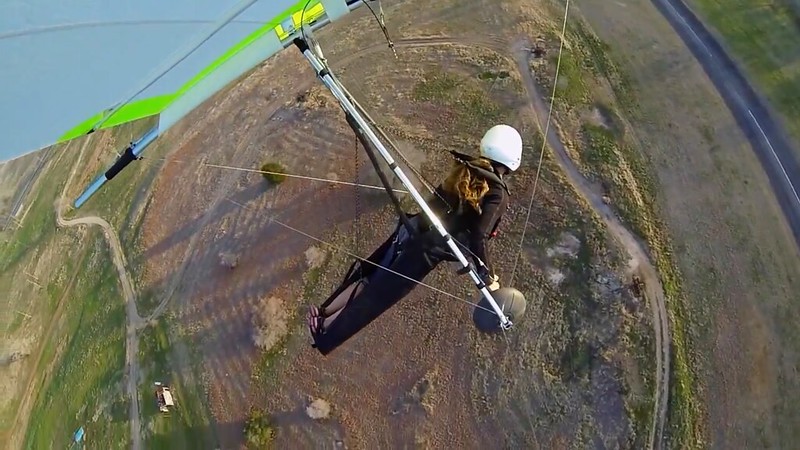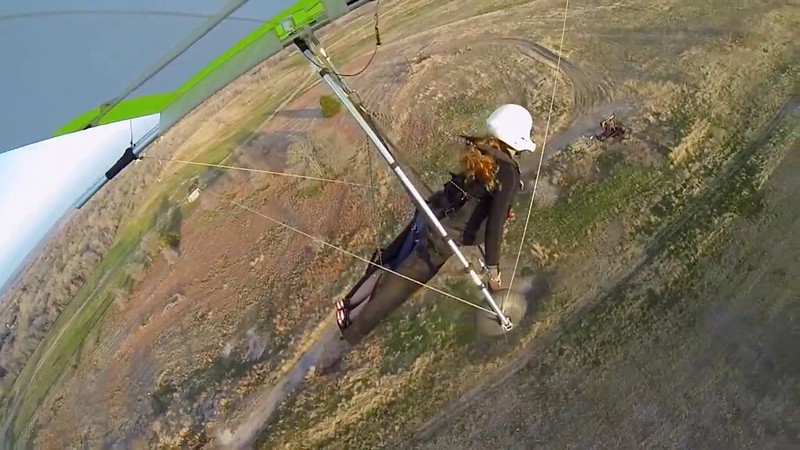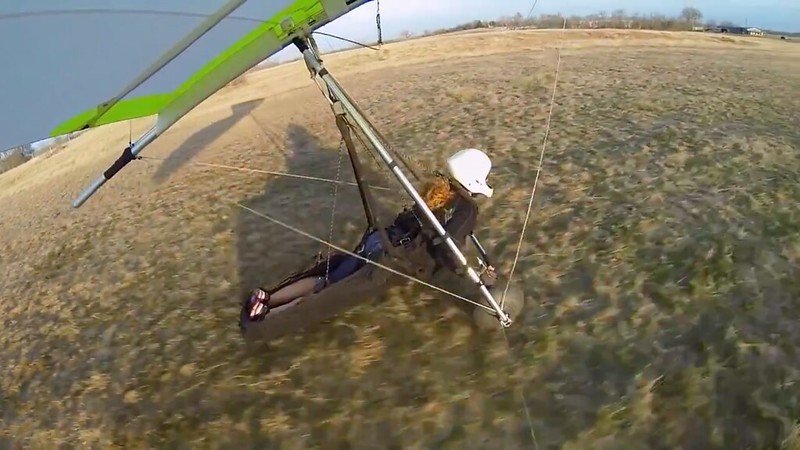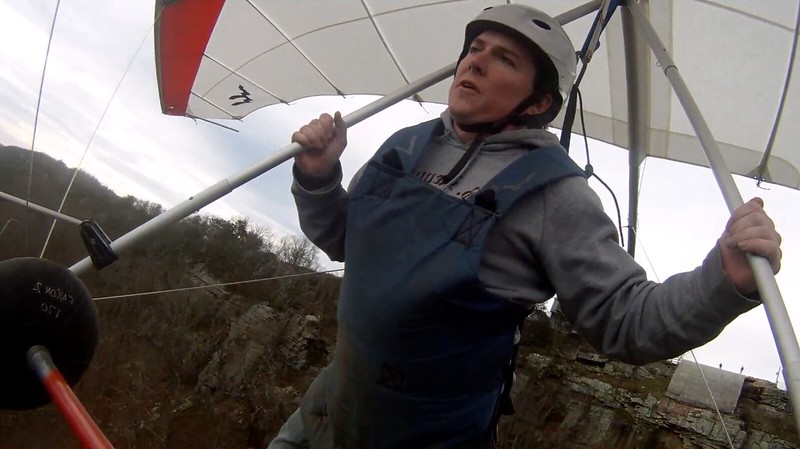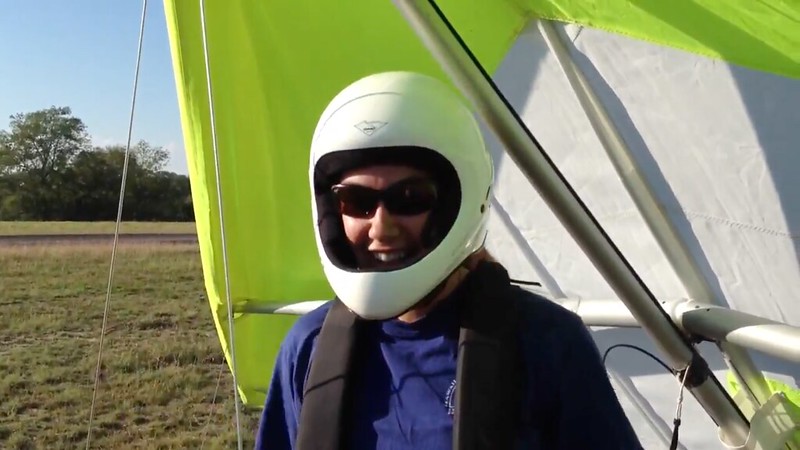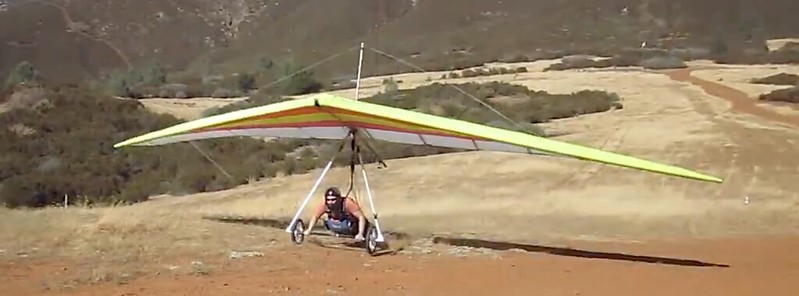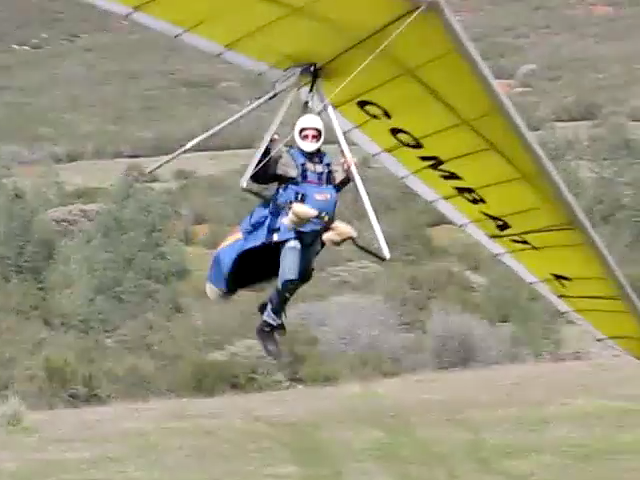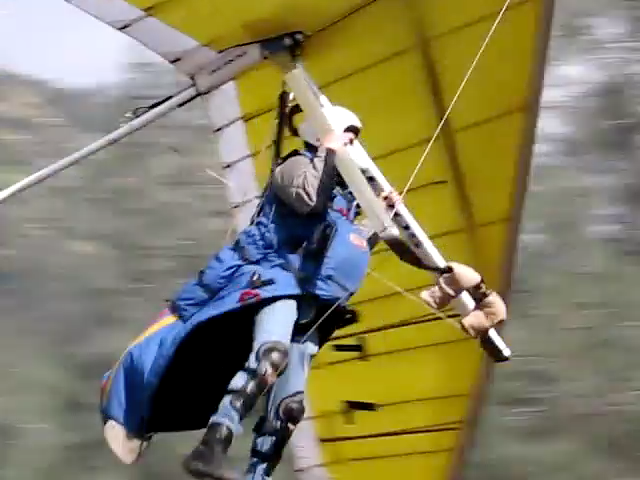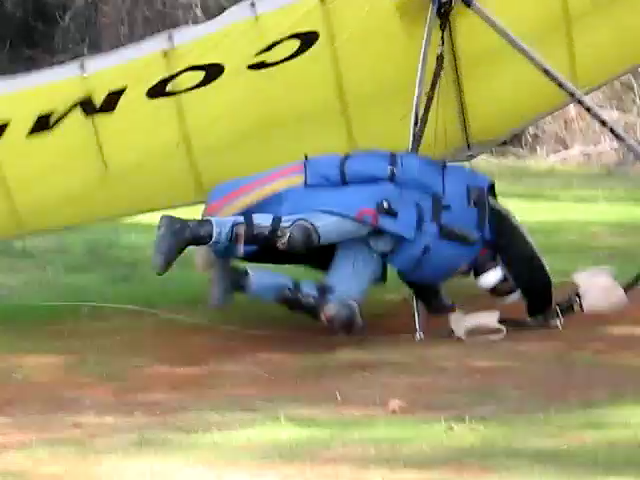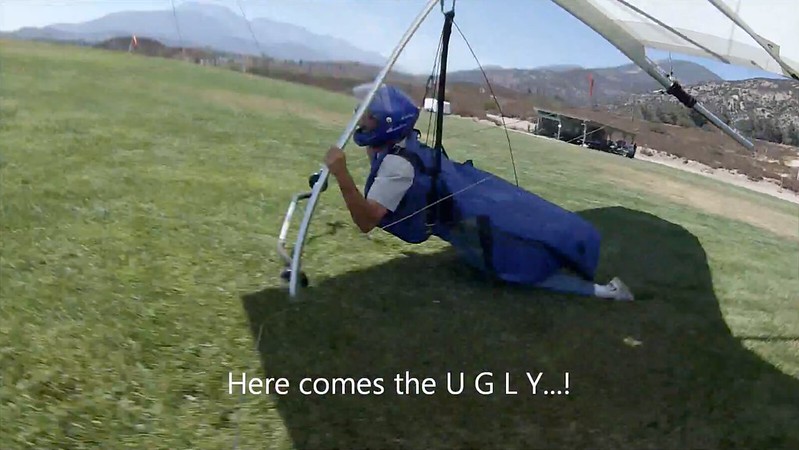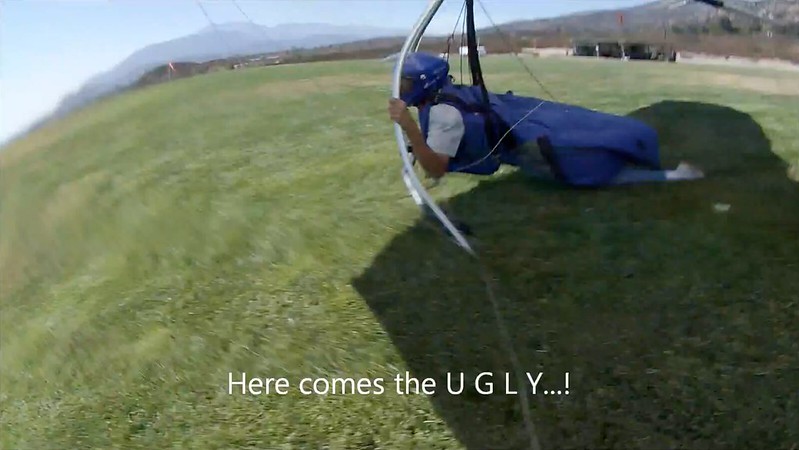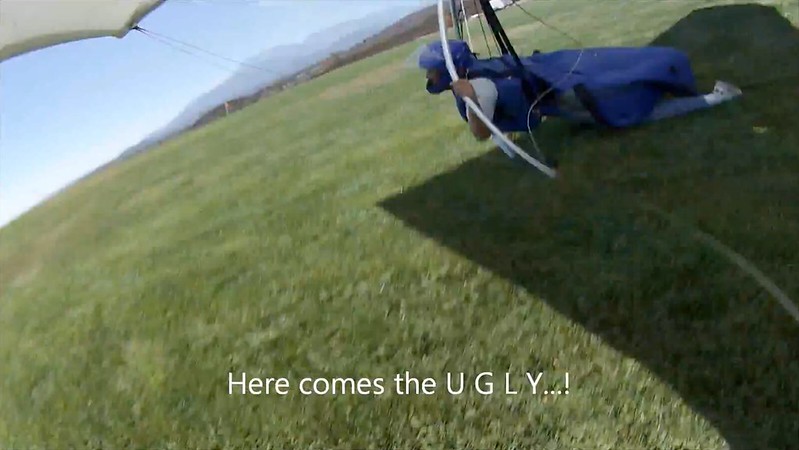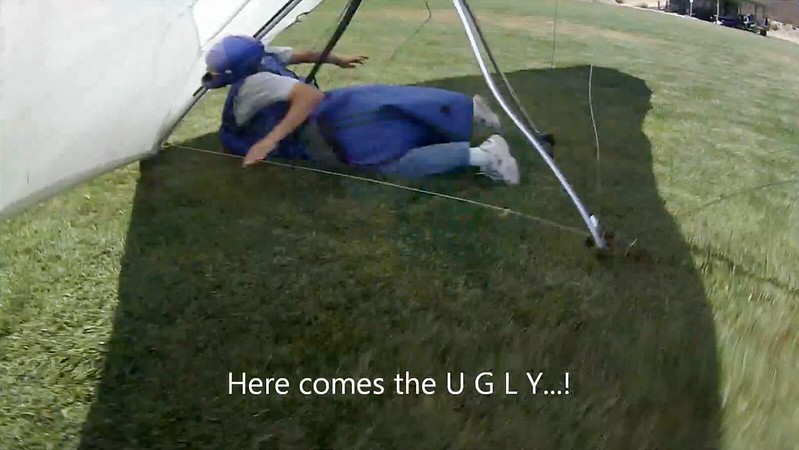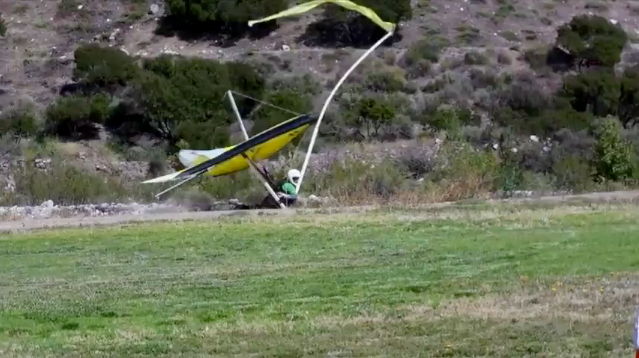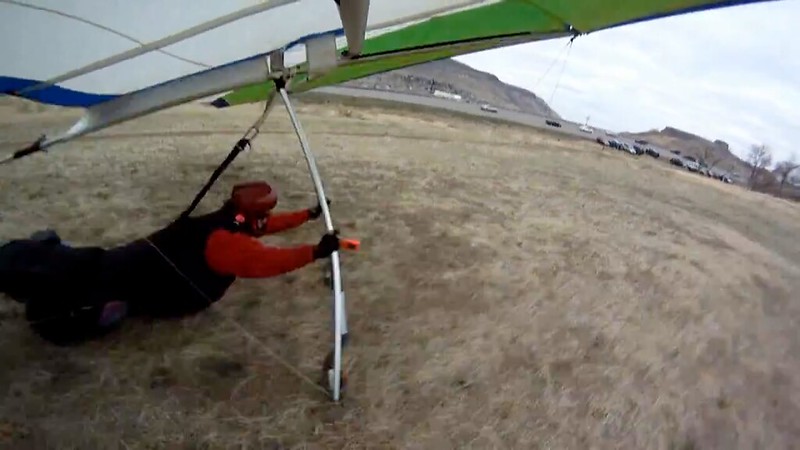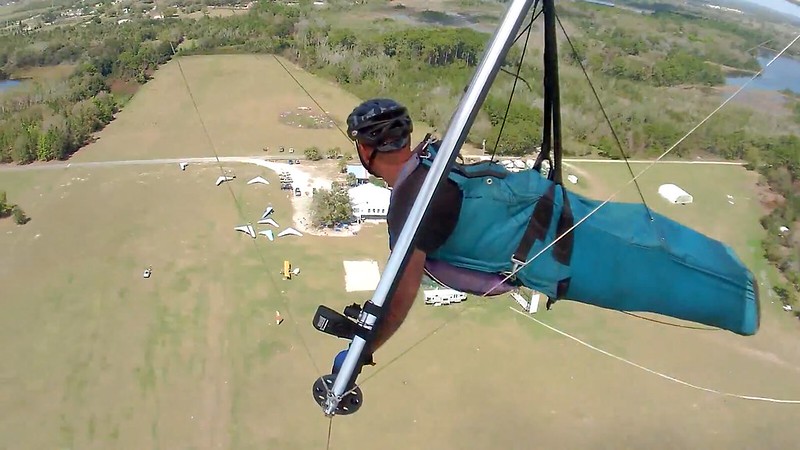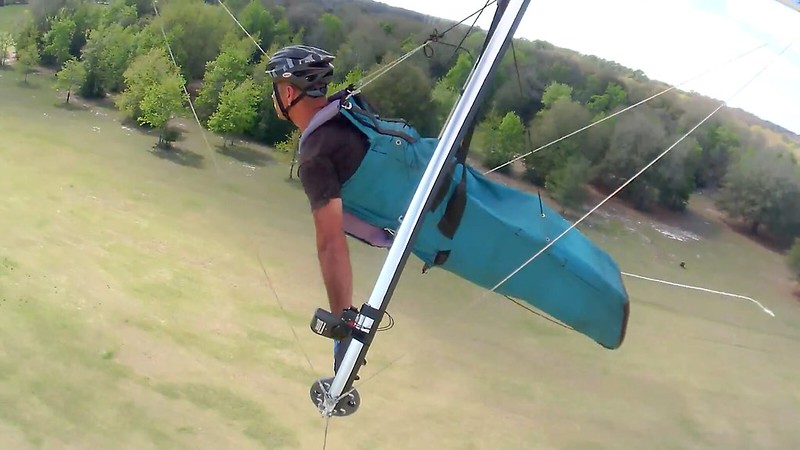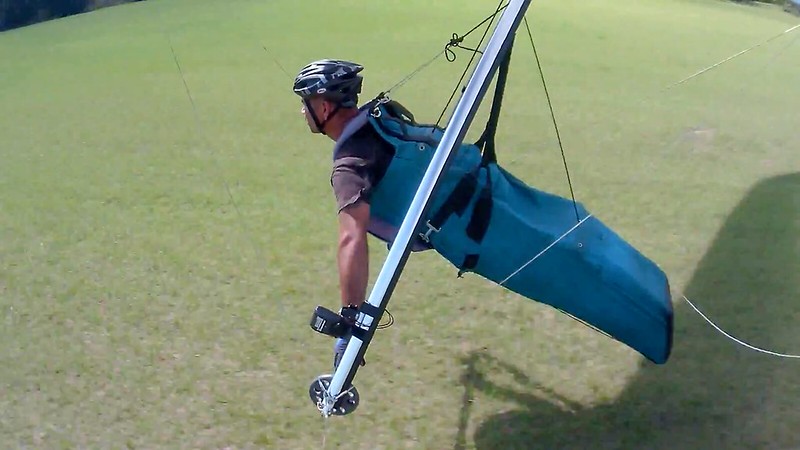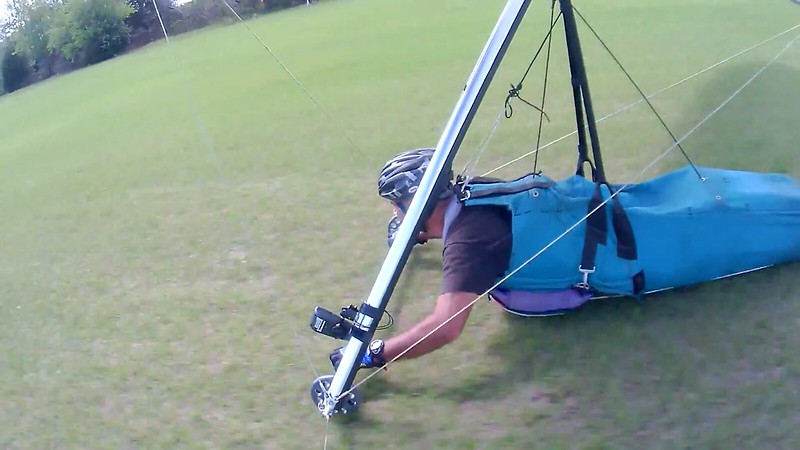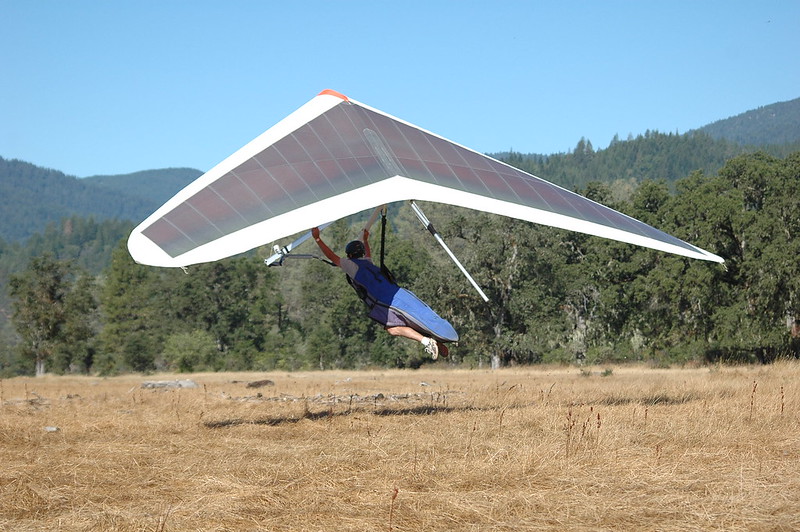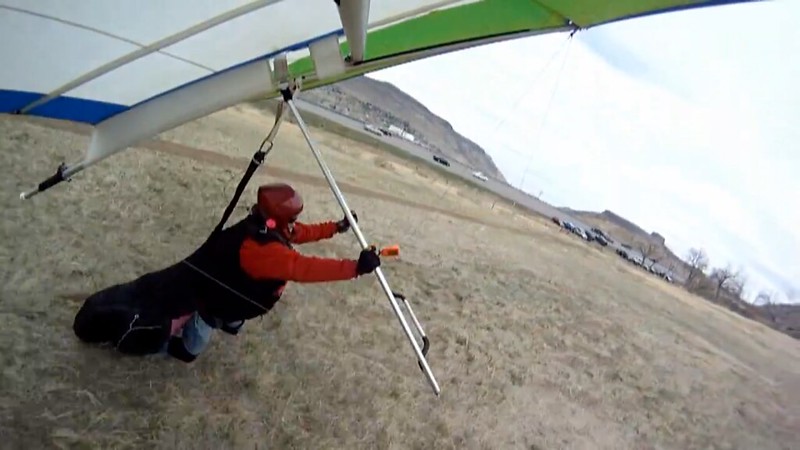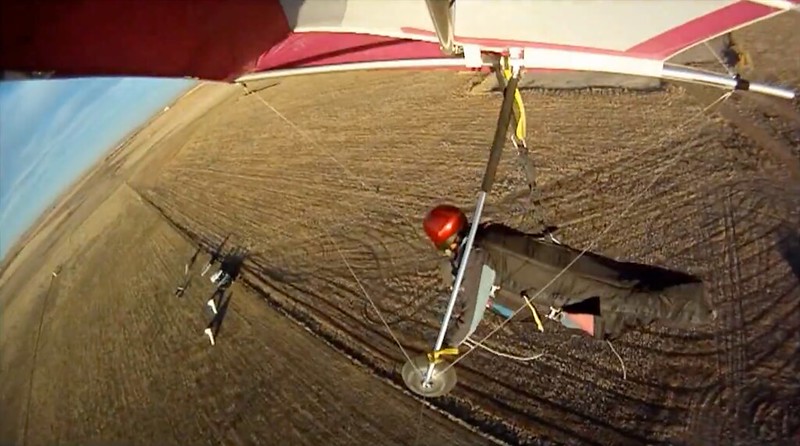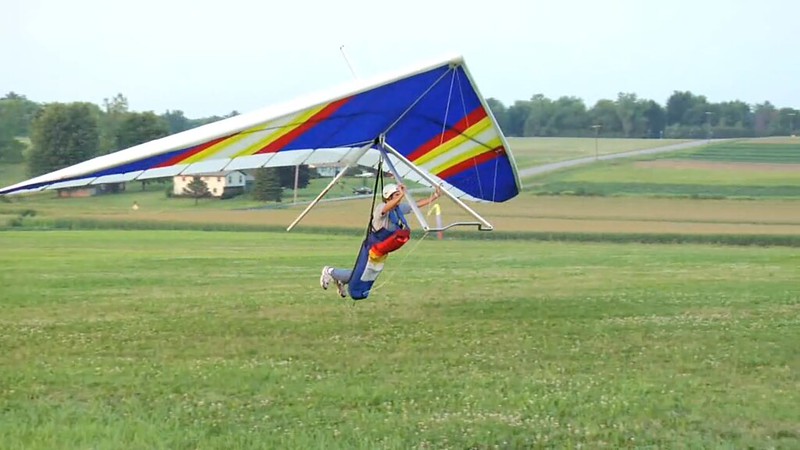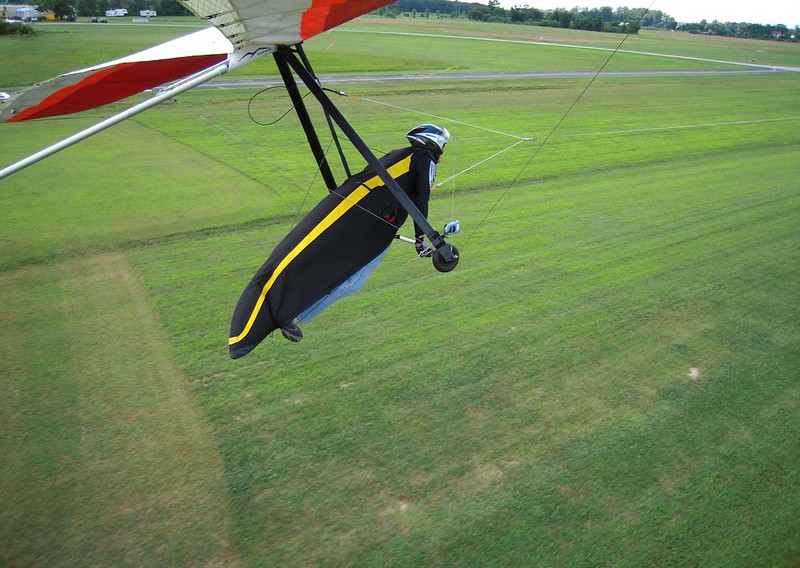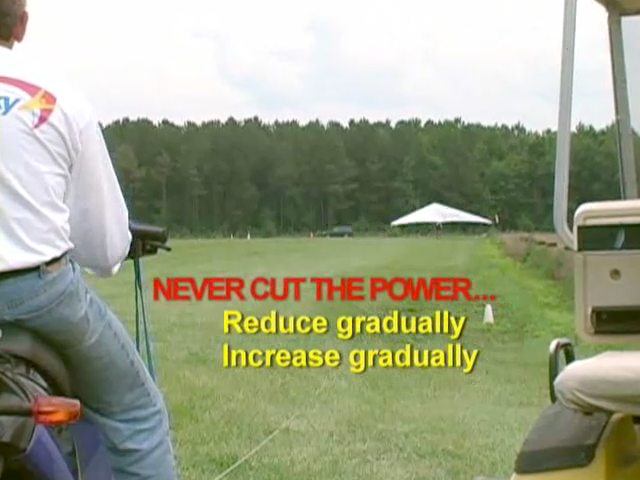http://www.hanggliding.org/viewtopic.php?t=31544
Flying after two broken arms
Majo Gularte - 2014/07/10 22:02:29 UTC UTC
Thank you!!!
Majo Gularte - 2014/07/10 22:04:39 UTC
NMERider - 2014/07/10 21:16:40 UTC
Be smart and start from scratch!
Thats a great advise!!! I will do it!! thank you so much!!!!
Ya know, Majo... You've got a bit of a problem here. You're enthusiastically thanking both Davis and Jonathan for landing resources/advice and here's the latter's take on the former:
http://www.hanggliding.org/viewtopic.php?t=25536
Whoops! Snapped another tip wand :-O
NMERider - 2012/03/14 15:17:14 UTC
Jim Rooney threw a big tantrum and stopped posting here.
His one-technique-fits-all attitude espoused on the Oz Report Forum has become tiresome to read. It does not work in the fucked-up world of XC landings and weary pilots.
And here's a Lockout instructor's response to Jonathan's comment:
Christopher LeFay - 2012/03/15 05:57:43 UTC
January's canonization of Rooney as the Patron Saint of Landing was maddening. He offered just what people wanted to hear: there is an ultimate, definitive answer to your landing problems, presented with absolute authority. Judgment problems? His answer is to remove judgment from the process - doggedly stripping out critical differences in gliders, loading, pilot, and conditions. This was just what people wanted - to be told a simple answer. In thanks, they deified him, carving his every utterance in Wiki-stone.
So it's logically pretty much impossible to find both resources of value worthy of an expression of appreciation. So you've gotta think critically/logically, look at the data/evidence to reach solid conclusions.
IF there were any validity to this standup landing bullshit there wouldn't be Rooney caliber encyclopedias polluting vast regions of the web. There'd be one simple, universally recognized path to teaching/learning, everybody would be knocking the skill off in short order, the discussions would shift to ACTUAL useful, less straightforward, more complex issues - like soaring conditions predicting, strategies for locating and efficiently exploiting lift.
There IS a common thread through just about all these landing discussions: LAND ON THE FUCKIN' WHEELS. You can find that from Jonathan:
http://www.hanggliding.org/viewtopic.php?t=27415
Friday the 19th with Hawks & Friends!
NMERider - 2012/10/24 21:47:05 UTC
I have to say that landing on the wheels is so much fun it's not funny.
Davis:
http://ozreport.com/16.006
The one armed pilot
Davis Straub - 2012/01/07 05:12:11 UTC
I'm tweeting here in Forbes because I'm not flying here in Forbes (after flying the first day and a few practice days). I have a fully torn Supraspinatus tendon (rotator cuff) and that prevents me from flying with more than one arm.
I tore the tendon when I tripped running out a landing back at the end of September at the Santa Cruz Flats Race. I flew for a couple of days after that without problem, but now my right shoulder is no longer operational. I had thought (quite incorrectly) that I would be able to continue with my prior plans of flying in the pre-Worlds and get an operation at a later point, but this is not the case.
My plan is to head back to the US and have an orthopedic surgeon sew up my tendon and then spend six months in rehabilitation.
I flew the Moyes Malibu a couple of times before the competition, and was able to do so with one arm. The problem was landing with one arm. I could do it but it wasn't easy. I just couldn't get my mind to work the non working arm so flaring was almost non existent.
I flew the Airborne REV 13.5 on the first day of the competition. It was easy to fly (it had been tuned to be very easy, but not the best in glide) and I was getting pretty good as a one armed pilot. The trouble came again with the landing.
The first leg of the task was to the south, but we had a strong 10 knot west wind to fight going south and a blue sky with cu-nimbs to our north. We had to continually fight upwind to have any chance of getting to the turnpoint. The lift was mostly weak and broken, which made it all the more painful.
There was a not so high north south ridge upwind of the turnpoint at 20 km. We fought to get over on the windward side of it but that did no good as there was no lift on that side. Also as it turned out there was no wind. When I came into land hoping for wind to help with the landing, I found calm conditions. It was not a pretty landing, breaking the base tube as I landed flat on the wheels. I should have just come in and landed on the wheels.
Jim Keen-Intellect Rooney:
http://ozreport.com/forum/viewtopic.php?t=26379
Landings
Jim Rooney - 2012/01/27 09:20:28 UTC
A while ago, I taught a student... from day one, to land on her wheels with absolutely zero intention of foot landing.
We do this all the time with aerotowing students.
So why not with hill students?
And I mean from day 1.
Yes, even the training hill flights.
Wheels wheels wheels wheels.
Majo:
Majo Gularte - 2014/07/10 19:39:51 UTC
I know that is OK landing on the wheels and I do it perfectly...
So if you wanna really get something outta these discussions...
Red Howard - 2014/07/10 23:24:29 UTC
Majo.Gularte,
Hang with me, my friend, here comes some real help.

Man, first thing, that is tough! You have a strong spirit.
And that's a GOOD thing? I find it's a lot easier to work with wimps and their prospects for long, successful, rewarding flying careers are a lot better.
There is nothing wrong with "wheels" landings, so do not be in a wild rush to change things.
Stop there.
It all comes, with enough time.
What? Broken arm? Dislocated shoulder?
You should not be landing on wheels with your fingers wrapped around the basetube. A passing rock could cut or crush a finger, then.
Yeah Red, that's a real biggie. Let's start off with stuff that's never actually happened so we can make sure Majo doesn't become the first.
Curl your fingers above the basetube, with nothing inside your fingers, and use your palms to hold the basetube out as you land.
And don't worry about what that rock that was big enough to crush your finger (yet so well camouflaged that you couldn't see it coming) is gonna do to one of your kneecaps after your basetube just passes harmlessly over it.
If the wheels hit a rock or a hole, your hand will just slip off the basetube, without serious injury.
A couple milliseconds before your glider powerwhacks and you break your fuckin' neck. But don't worry... Your fingers will be OK.
And Red... Don't forget to tell her to skip the preflight sidewire load test specified in her owner's manual lest she inadvertently grind one of her wires into one of those rocks in the setup area.
As said earlier, practice on flat ground, running and flaring hard, to make the glider stop. When you can do it without a harness, then practice "the run and flare" with a harness.
And make sure you do it in a field littered with large rocks so you get a good feel for the kinds of places...
http://farm3.staticflickr.com/2916/14334828400_4cfc33e1e7_o.png

...you'll actually be landing in. If you can't find one go to Home Depot and invest in a couple hundred pounds of bricks, break them in half, scatter them over your practice area. You want these drills to be as realistic as possible. Maybe dig a few holes as well.
A large part of the "injury picture" comes from holding tightly to the downtubes when you land.
BULL FUCKING SHIT. Virtually the ENTIRE "injury...
http://www.hanggliding.org/viewtopic.php?t=22176
Paragliding Collapses
Jim Rooney - 2011/06/12 13:57:58 UTC
Most common HG injury... spiral fracture of the humerus.
...picture" comes from...
http://ozreport.com/forum/viewtopic.php?t=27086
Steve Pearson on landings
Steve Pearson - 2012/03/28 23:26:05 UTC
I can't control the glider in strong air with my hands at shoulder or ear height and I'd rather land on my belly with my hands on the basetube than get turned downwind.
...moving your hands from the positions at which you CAN control the glider to positions at which you CAN'T control the glider.
When the glider is flying, you can flare just as well with your hands open. A picture of an open-handed flare would look like the pilot is the winner of an election, or a prizefight. The downtubes rest in your palms as you flare, between the thumb and the palm, with the thumbs slightly forward and the fingers straight. As the glider settles downward, you use your hands to guide the downtubes to your shoulders, but you do not need to seize the downtubes, even then. If anything goes wrong, your open hands will just slip free, and many injuries can be avoided then. You do not want to be grasping the downtubes tightly if you fall - the glider will not do anything to save you, and it will injure you instead (as you now know). Actually, the harness can do a lot to save your bacon, when you are NOT grasping the downtubes tightly. Forget the glider, if there is a problem. The glider will save itself; you need to do the same thing.
Have some local HG experts demonstrate the "open-handed" flare to you when they land, so you will have some confidence in this method. Thinking about it alone is
not good enough for you. You need to see it working.

Fuck this. You come in with your hands behind the downtubes...
42-45822
http://farm3.staticflickr.com/2924/14287862033_13244c8362_o.png
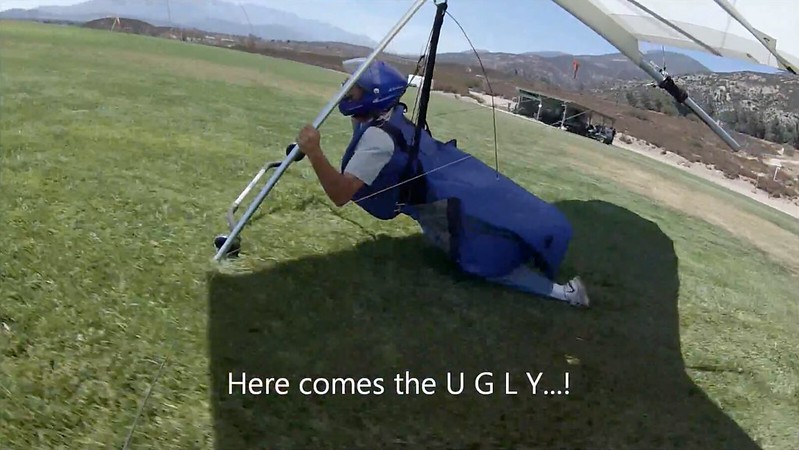
...and the goddam glider stops suddenly your hands are trapped and your gonna come off like THIS:
46-45901
http://farm3.staticflickr.com/2937/14081080220_373f64f01d_o.png
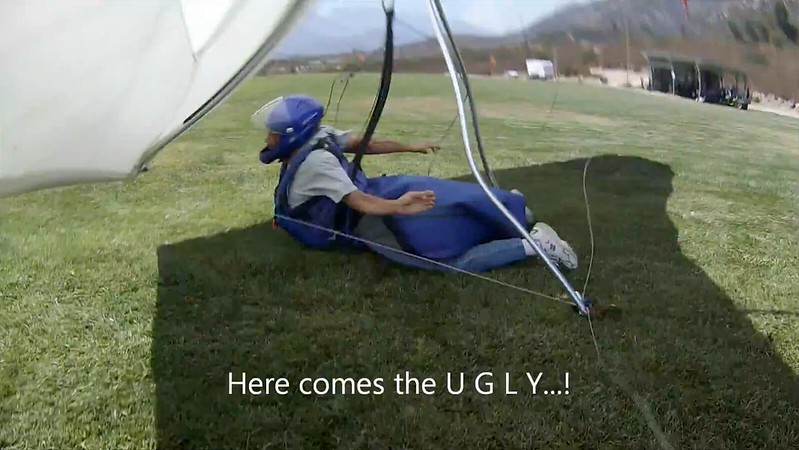
*IF* you're lucky. If your hands are where THEY'RE SUPPOSED TO BE...
23-1817

...you're in pretty good shape to take a really big hit...
32-1826
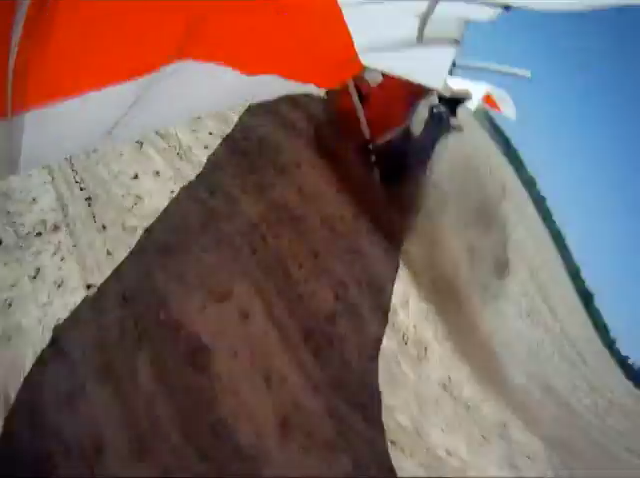
...and walk away and borrow a glider for another hop.
But let's say that what Red is telling you is perfectly valid.
- How come you weren't being taught this at Lockout?
- Where are all the casualties saying, "DAMN! If ONLY I hadn't been gripping the downtubes!"?
